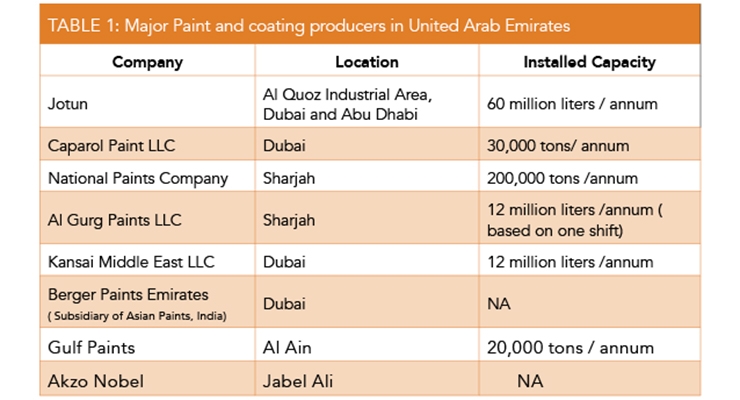Understanding just how weather can influence the end result of an exterior paint endeavor is critical for attaining a remarkable finish. From temperature level changes altering paint bond to humidity levels affecting drying times, each aspect of weather condition plays a substantial role in the success of your task. Furthermore, wind rate and precipitation can present unanticipated challenges that might jeopardize the top quality of the result. As https://www.offalyindependent.ie/2023/04/17/charleville-castle-painting-returns-to-original-home/ browse through the nuances of climate's impact on outside painting, it becomes apparent that careful planning and calculated timing are vital for ensuring an expert and sturdy result.
Perfect Temperature Array for Painting
When taking into consideration exterior painting projects, the perfect temperature variety plays a crucial function in attaining optimal outcomes. garage painting service in the ideal temperature level problems makes certain that the paint sticks correctly to the surface, dries out equally, and cures successfully. Typically, the suggested temperature level range for outside paint is between 50 to 85 degrees Fahrenheit.
Painting in temperatures below 50 degrees Fahrenheit can cause concerns such as inadequate paint adhesion, prolonged drying times, and a boosted likelihood of breaking or peeling off.
On the other hand, paint in temperature levels above 85 degrees Fahrenheit can create the paint to completely dry too promptly, resulting in blistering, gurgling, and an unequal finish.
To attain the most effective results, it is vital to examine the weather report prior to beginning an external painting task. Ideally, aim to paint during moderate climate condition with modest temperatures and low moisture degrees.
Results of Humidity on Paint Drying
Moisture levels considerably affect the drying procedure of paint put on exterior surface areas. High humidity can extend the drying time of paint, leading to prospective issues such as leaking, spotting, and even the development of bubbles on the painted surface area. Excess moisture in the air slows down the dissipation of water from the paint, impeding the healing process. This is especially problematic for water-based paints, as they count on evaporation for drying.
On the other hand, reduced humidity degrees can additionally affect paint drying. Extremely dry conditions may cause the paint to dry also quickly, causing inadequate bond and a harsh coating. In such instances, including a paint conditioner or splashing a fine haze of water airborne can assist control humidity degrees and boost the paint result.
To ensure optimal drying out conditions, it is recommended to repaint when the humidity levels vary in between 40% and 50%.
Surveillance humidity levels and taking suitable steps can help accomplish a smooth and long lasting paint coating on outside surfaces.
Wind and Precipitation Factors To Consider
Wind speed and precipitation are critical elements that substantially affect the success of an outside paint project.
When it comes to wind, both speed and direction are vital factors to consider. High wind speeds can create paint to completely dry also swiftly, causing a below average completed with prospective problems like cracking or irregular texture. Additionally, wind can bring debris that might comply with the damp paint, leading to flaws. Therefore, painters ought to intend to service days with light to moderate winds for optimal painting conditions.
On the other hand, precipitation, whether rain or snow, can be incredibly harmful to the outcome of an outside painting job. Dampness from precipitation can hinder paint adhesion, creating peeling and bubbling over time. It is vital to avoid paint during wet or snowy weather condition to guarantee the longevity and high quality of the paint task. Painters need to likewise enable adequate time for the surface to completely dry thoroughly after any rainfall before commencing or resuming the paint process.
Final thought
To conclude, weather conditions play a significant function in the outcome of an external paint task. The perfect temperature range, humidity degrees, wind speed, and precipitation all add to the success or failure of the paint task.
It is essential to take into consideration these aspects and plan accordingly to guarantee proper paint adhesion, drying out times, and overall top quality of the ended up product.
